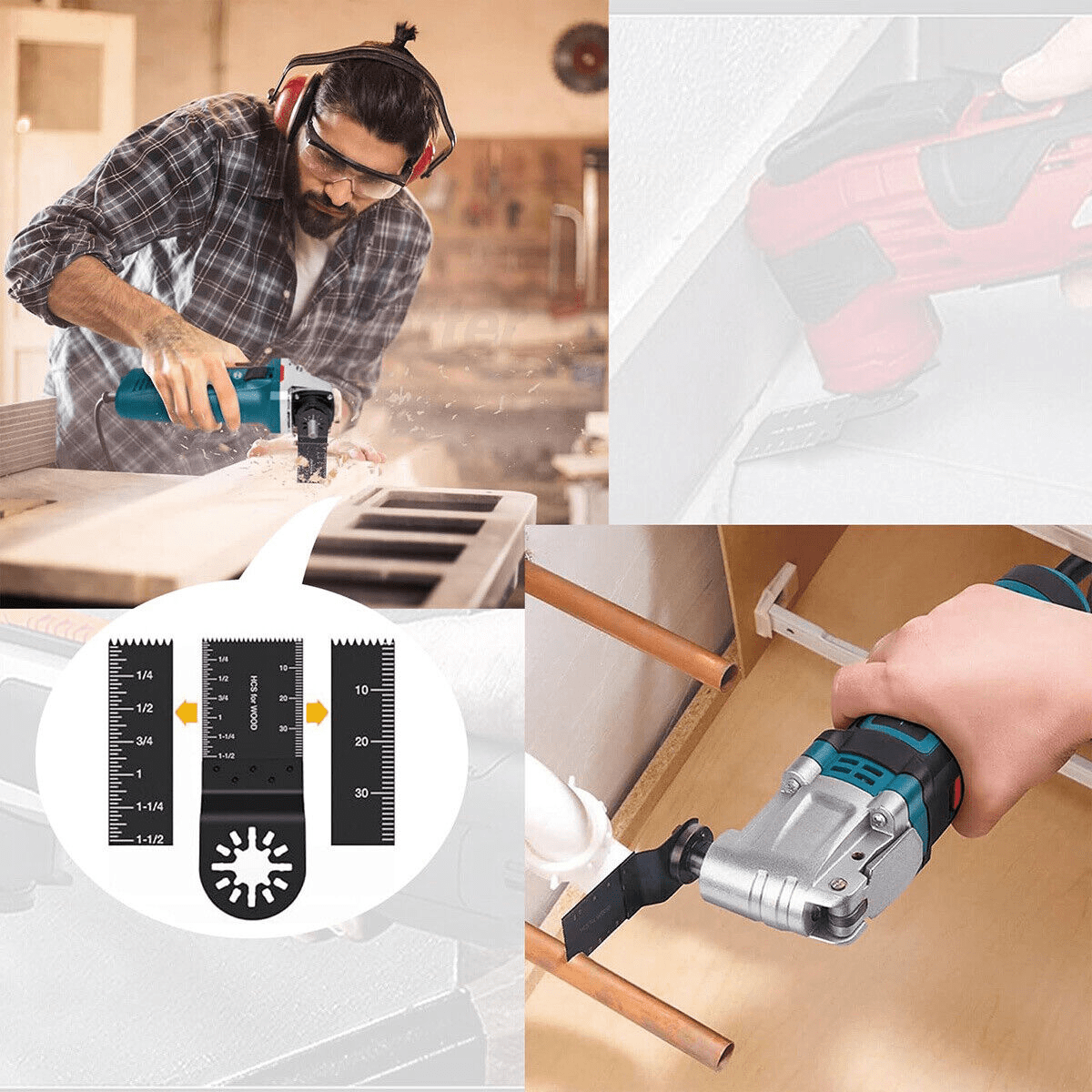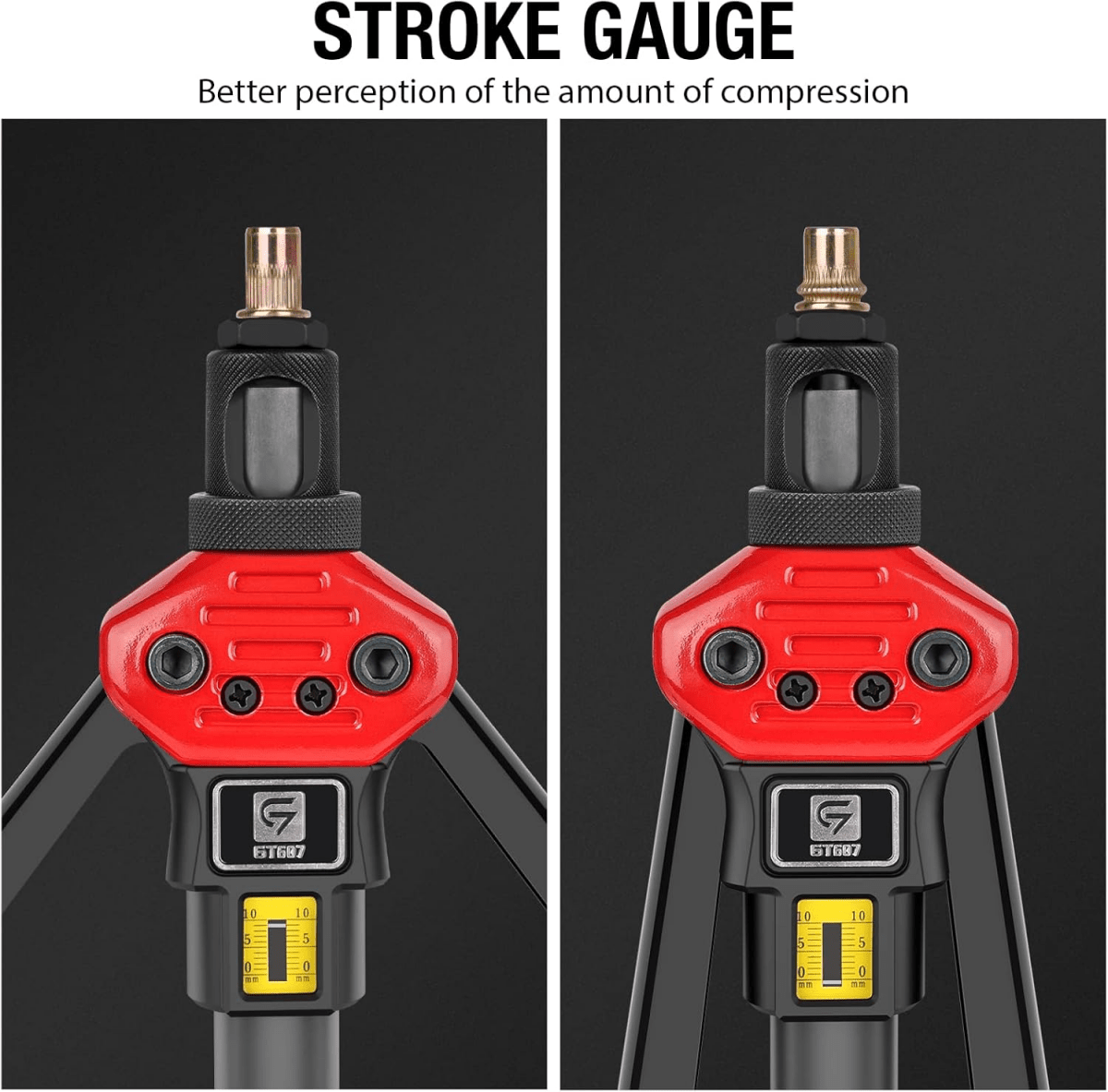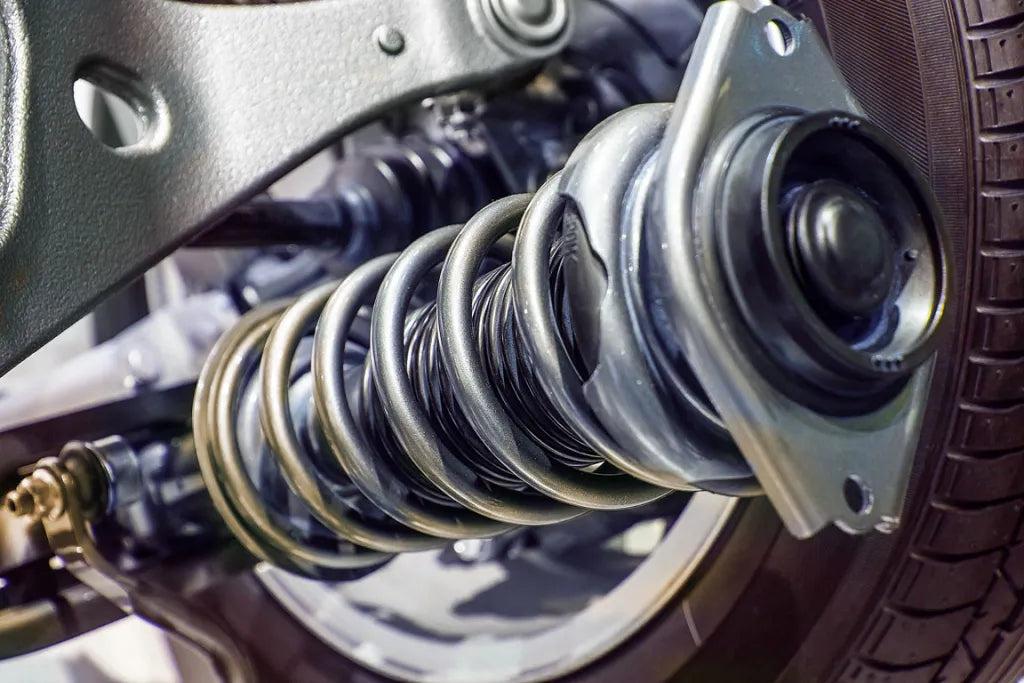Introduction to Oscillating Saw Blades
The Oscillating Saw Blade has become a must-have accessory for anyone who works with an oscillating multi-tool. These blades can handle a wide variety of tasks, including cutting, grinding, scraping, and sanding. While professionals in construction and woodworking have used them for years, more and more homeowners are discovering how much easier they make small repair and remodeling projects.
At first glance, an oscillating tool might look like a strange cross between a drill and a grinder, but its magic lies in its adaptability. With the right blade, you can trim a door jamb to fit new flooring, cut copper plumbing pipes, remove grout between tiles, or flush-cut screws sticking out of wood. It’s a truly multi-purpose tool that replaces multiple traditional saws and cutters.
If you are new to this tool, don’t worry. This guide will walk you through every aspect so you can feel confident choosing and using oscillating saw blades.

How Does an Oscillating Saw Blade Work?
Instead of spinning like a circular saw or moving back-and-forth like a jigsaw, an oscillating saw blade vibrates side-to-side in a very small arc—usually less than 3 degrees—at a speed of up to 20,000 strokes per minute. This oscillation allows the blade to cut, grind, or scrape in a controlled way without excessive vibration in your hands.
The benefits of this motion include:
- ⚡ Precision – Perfect for plunge cuts, flush cuts, and trimming in tight areas.
- 🛠️ Versatility – Works on wood, metal, plastic, tile, and more with the right blade.
- 👌 Safety – Less aggressive motion means reduced risk of kickback.
The oscillating motion also makes the tool ideal for working in awkward spaces. For example, if you need to cut a pipe that’s against a wall or trim wood in a corner, a circular saw would be useless. An oscillating tool with the right blade makes the job quick and clean.
Types of Oscillating Saw Blades
There are many types of oscillating saw blades, each designed for specific materials and tasks. Choosing the correct blade makes all the difference in performance and efficiency.
| Blade Type | Description | Best Applications | Materials |
|---|---|---|---|
| Wood Cutting Blades | Sharp teeth optimized for fast wood cutting. | Trimming, plunge cuts, flooring. | Softwood, hardwood, plywood. |
| Metal Cutting Blades | Fine-toothed design for smoother metal cuts. | Cutting nails, screws, thin pipes. | Steel, copper, aluminum. |
| Bimetal Blades | Combination of HCS and HSS for durability. | Multi-material tasks. | Wood with nails, PVC, mixed materials. |
| Carbide Blades | Extra hard teeth for abrasive materials. | Cutting tiles, grout, plasterboard. | Ceramic, masonry, cement board. |
| Scraper Blades | Flat edges to lift and scrape materials. | Removing adhesive, caulk, carpet glue. | Glue, paint, flooring residue. |
| Segmented Blades | Semi-circular design for longer straight cuts. | Cutting flooring, drywall, and trim. | Wood, drywall, laminate. |
Practical Applications of Oscillating Saw Blades
One of the biggest advantages of an oscillating saw blade is its flexibility. Below are common real-world uses that show why it’s a must-have in any toolbox:
- 🏠 Home Renovation: Cut door trim when installing new flooring or adjust cabinets to fit appliances.
- 🔨 Woodworking: Create precise notches, trim edges, or flush-cut dowels and pegs.
- 🚰 Plumbing: Cut PVC or copper pipes in confined spaces without dismantling entire sections.
- 🛠️ Tile Work: Remove grout lines for tile replacement without cracking surrounding tiles.
- 🛋️ Furniture Repair: Fix joints, cut through screws, or reshape wood panels.
For homeowners, a single Oscillating Saw Blade set can often replace multiple specialized tools. This makes it especially useful for DIY enthusiasts who want efficiency without buying a whole workshop of equipment.

How to Choose the Right Oscillating Saw Blade
Choosing the right blade depends on your project. Here are key factors to consider:
- Material – Always match the blade to the primary material (wood, metal, tile, etc.).
- Blade Size – Narrow blades are better for precision; wider blades cover more surface for speed.
- Tooth Pattern – Coarse teeth cut faster but rougher; fine teeth give smooth finishes.
- Durability – Bimetal and carbide blades last longer than basic steel blades.
- Quantity – Buying a multi-pack gives flexibility and saves cost.
Beginners often prefer a starter set like our 20pc Oscillating Saw Blades, which covers the most common tasks for both wood and light metal cutting.
Brand Compatibility of Oscillating Saw Blades
A common question is whether all blades fit all tools. The answer is: mostly yes, but with a few exceptions.
| Tool Brand | Blade Compatibility | Notes |
|---|---|---|
| Dewalt | Universal fit | Most blades fit directly. |
| Makita | Universal fit | Adapters available for older models. |
| Bosch | Starlock system | Requires Starlock-compatible blades. |
| Milwaukee | Universal fit | Works with most third-party blades. |
| Dremel | Universal fit | Smaller head, check specific sizes. |
Oscillating Saw Blades vs. Other Cutting Tools
Oscillating saw blades excel in versatility, but how do they compare to traditional tools?
| Tool | Strengths | Limitations |
|---|---|---|
| Oscillating Saw Blade | Precise, versatile, safe in tight areas. | Not designed for long rip cuts. |
| Jigsaw | Great for curves and long cuts. | Bigger, less useful in corners. |
| Handsaw | Cheap, portable, no power needed. | Slow, exhausting for large jobs. |
| Angle Grinder | Powerful, cuts metal and stone fast. | Dangerous and messy for small jobs. |
Maintenance and Replacement of Oscillating Saw Blades
- 🧽 Clean blades after each use with a wire brush or solvent.
- 💧 Let blades cool to avoid heat damage.
- 🔄 Replace blades when teeth dull, bend, or burn materials.
- 📦 Store blades in a dry, organized case to prevent rust.
High-quality sets like our 20pc Oscillating Saw Blade Kit make it easier to rotate and replace blades regularly without breaking your budget.
Safety Guidelines for Using Oscillating Saw Blades
- 👓 Always wear safety goggles and gloves.
- 🔌 Unplug or remove the battery before blade changes.
- 📏 Secure your material before cutting.
- ⚠️ Let the blade do the work—don’t push too hard.
- 🧯 Keep a clean workspace to avoid accidents.
Real-World DIY and Professional Projects with Oscillating Saw Blades
Here are some inspiring examples where oscillating saw blades save time and effort:
- Installing New Flooring: Trim door frames and baseboards quickly to fit new planks.
- Bathroom Remodel: Remove old grout, cut plumbing pipes, and prepare surfaces for tiling.
- Outdoor Deck Repair: Replace damaged boards and flush-cut rusted screws.
- Furniture Restoration: Shape wooden joints and cut off excess fasteners.
-
Emergency Fixes: Cut into drywall to access hidden leaks or wiring.

Frequently Asked Questions about Oscillating Saw Blades
- 1. Can oscillating saw blades cut metal?
- Yes, with bimetal or carbide blades, you can cut nails, screws, and thin pipes.
- 2. Do oscillating blades fit all multi-tools?
- Most are universal, but Bosch uses a Starlock system that requires compatible blades.
- 3. How long does a blade last?
- It depends on material and frequency of use. Wood blades wear faster than carbide blades.
- 4. Can one blade cut all materials?
- Multi-purpose blades exist, but specialized blades are always more effective.
- 5. What is the most common size?
- A 34mm blade is versatile for both detailed and general tasks.
Conclusion
The Oscillating Saw Blade is one of the most practical and versatile accessories you can own. Whether you’re a beginner tackling your first DIY project or a professional contractor handling daily jobs, oscillating blades give you the precision, control, and flexibility that other cutting tools can’t match.
If you want to get started the right way, explore our 20pc 34mm Oscillating Saw Blades for Wood Cutting . It’s a comprehensive set designed to handle everything from woodworking to light metal cutting, making it the perfect choice for both beginners and professionals.








